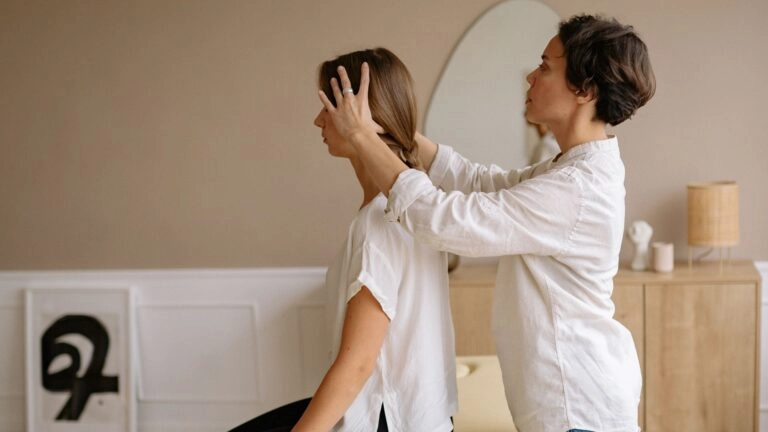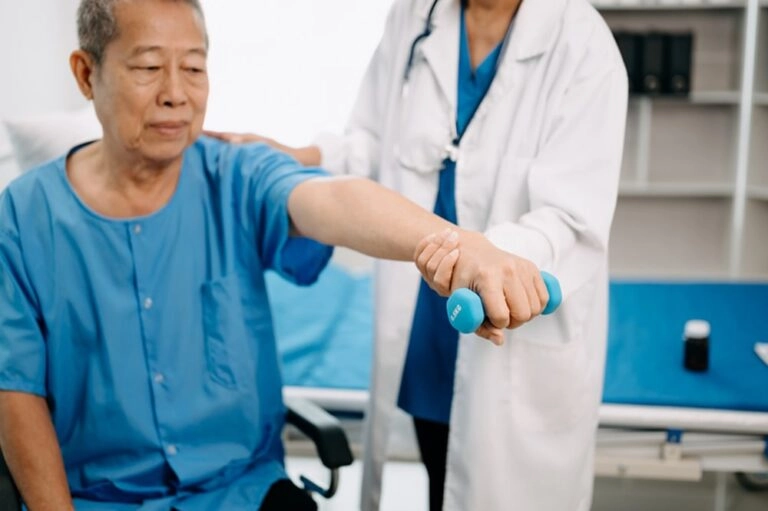When you think about physical therapy or physical therapy modalities, what comes to mind? Torture chambers? People screaming in pain? Severely injured persons being worked over by a hulking, muscle bound figure?
Don’t worry, you aren’t alone in those thoughts. Cartoons and films have gone a long way toward forming those types of images, but this is all about to change.
Physical Therapy Modalities in History
Believe it or not, modalities have been used since the dawn of time. While our ancestors did not have access to such things as ultrasound, they quickly discovered that sunlight, thermal hot spring, snow, or mud baths brought pain relief and helped wounds or injuries to heal more quickly.
After WWI, a more modern form of physical therapy and modalities began to take shape. The Polio epidemic in the 1950’s and WWII brought physical therapy modalities to the forefront, when iron lungs were used to help people breathe until they could recover.
Today, modern methods allow the medical profession to use a variety of devices powered by computers, lights, electricity, and more to restore strength, improve healing, reduce pain and give more flexibility that go beyond heating pads and simple calisthenics.
Common Myths
Some of the following are common myths or misconceptions about what physical therapists do and what physical therapy modalities are:
- Physical therapists only work in outpatient settings (not true, their work places are diverse)
- You need a referral to see a physical therapist (all 50 states allow you to see a PT first)
- You only need a PT after surgery (absolutely not true!)
- Physical therapy modalities (or the therapist themselves) need to cause you pain in order for you to get better (another big myth that needs to fall back!)
- If your pain isn’t too severe, PT and PT modalities won’t help you (fake news!)
- Chiropractors don’t offer physical therapy or modalities (most offer both!)
Let’s not forget that diet and exercise are also important to your rehabilitation efforts, although most people don’t realize it!
What Physical Therapy and Physical Therapy Modalities Are Not
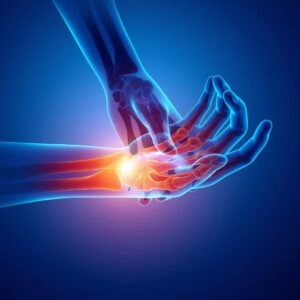
Contrary to what many people believe, physical therapy does not or cannot:
- Offer medical advice. Don’t ask if you should take this supplement or that prescription. These types of questions are for your chiropractor, doctor, or pharmacist.
- A magic fix. If your rehabilitation therapist could wave a magic wand and fix your problems, they would, but they can’t. They have physical therapy modalities that go a long way toward speeding healing, but even with these therapies, healing takes time.
- Physical therapy modalities, including manual modalities, won’t do all the work. You will need to follow given advice, perform the exercises and stretching programs as directed, as well as continue your treatment plan until it is finished.
- Your rehab therapist or massage therapist isn’t a personal trainer. While they do offer encouragement and support for your current condition, they won’t coach you for your next office softball tournament. If you need advice regarding your favorite sport or workout routine, speak to your chiropractor.
What Does Modality Mean in Physical Therapy Anyway?
A modality is a mechanical, electrical, or thermal energy that causes physiological changes, such as pain relief, a reduction in swelling, reducing muscle spasms, improving circulation, etc.
Is Manual Therapy a Modality?
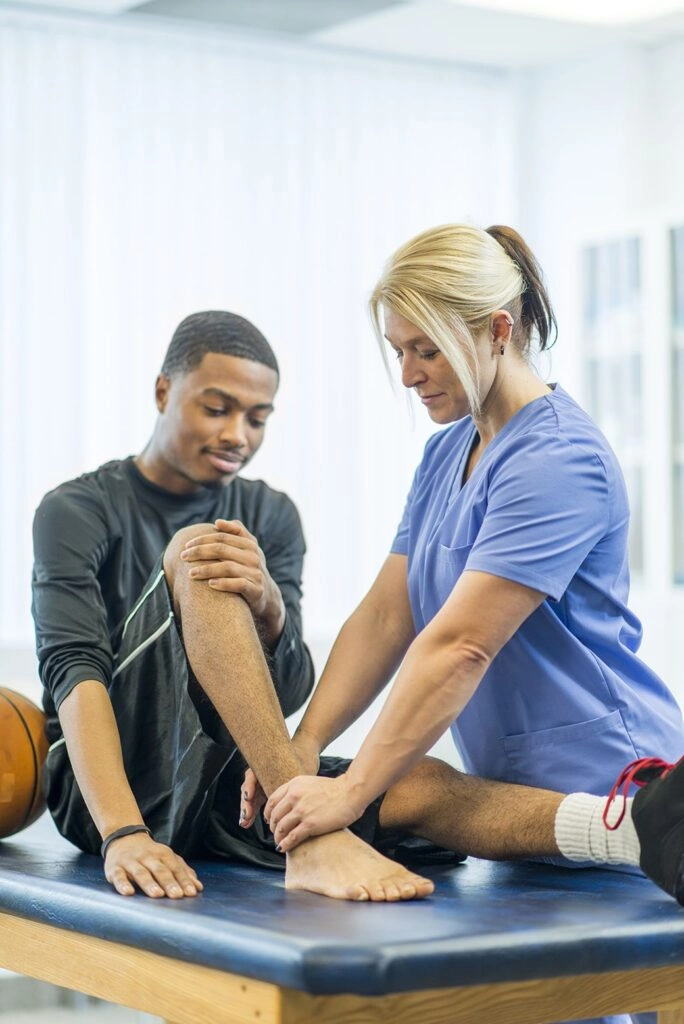
Since manual therapy only involves hands on methods, such as soft tissue manipulation or Canalith repositioning procedures, manual therapies are extremely helpful in a variety of ways, but they aren’t necessarily a modality, but they are still therapy.
What are the Types of Physical Therapy Modalities?
A typical physical therapy modalities list can be rather lengthy, but the modalities most often used include:
- Ultrasound- These high frequency sound waves are often used to take pictures, but they also produce deep tissue heating that relieves pain, muscle spasms, and relaxes tight muscles.
- Phonophoresis- This works in combination with ultrasound to drive topical medications through the skin and deep into the tissues. Common medications include xylocaine and cortisone.
- Hydrocollator- A moist heat that offers deeper penetration than a heating pad.
- Paraffin- Extremities such as hands and feet are dipped in liquid paraffin for super deep heat that works in these areas where other heating methods are difficult to use.
- Ice Therapy- Ice packs are used to relieve pain and reduce swelling.
- Electrotherapeutics- The electric modalities used in physical therapy include a large number of devices that use low levels of electricity to improve healing and reduce pain. Common items include a TENS device, Iontophoresis, and IFC.
- Light Therapy- This includes ultraviolet, laser, and cold laser therapy that stimulates healing.
- Traction Devices- These computerized traction devices help to reduce pain and allow for greater mobility, as well as reducing pressure on the nerves.
- Dry Needling- This procedure uses a filament needle that makes several small punctures into a muscle area that contains a trigger point, thus releasing pain.
- Biofeedback- By using specialized equipment, patients learn to detect small changes in their bodies, allowing patients to learn how to self-regulate their nervous system reactions, which allows them to experience less pain and reduce anxiety.
- Kinesio Taping- This controversial treatment uses a special technique with tape to help the body’s natural healing process while providing support. Kinesio tape is also believed to alleviate pain, help improve lymph drainage, and reduces inflammation by targeting different receptors within the somatosensory system.
Some injuries are caused by incorrect body mechanics, stress that is unique to a particular job, or from overuse. Chiropractors often employ patient education in proper body mechanics, occupational ergonomics, and posture correction or training to help prevent future injuries.
What Are Physical Agent Modalities?
The American Occupational Therapy Association describes PAMs (Physical Agent Modalities) as equipment that includes both superficial, thermal, electrotherapeutic agents and mechanical devices. So, while PAMs and physical therapy modalities use different names, they are almost identical in nature.
Are the Terms Modality and Therapy the Same?
Technically, no they aren’t. Modalities are considered physical agents, such as electric, light, or mechanical means.
Therapy or therapeutic often refers to manual therapies or by effecting change through skills or services, such as massage or yoga.
Most people will simply refer to the word “therapy” or “therapies” to describe all types of healing means, including chiropractic, electrical stimulation, even acupuncture.
Then What is a Chiropractic Modality?
Chiropractors use a variety of treatment modalities, whether they are physical therapy modalities or manual therapies, to help their patients heal. Most chiropractors offer multiple physical therapy modalities, including TENS devices, cold lasers, spinal decompression, and ultrasound in addition to their manual therapies, such as adjustments and chiropractic massage.
What is the Difference Between Occupational Therapy and Physical Therapy?
While these two types of therapy might sound the same, they aren’t. You might think of them as cousins; closely related, but not the same.
Occupational therapy’s main focus is on helping clients improve their ability to perform daily living activities. Physical therapy focuses on improving the movements of a client’s body.
An occupational therapist will work with the entire body, helping people re-learn how to walk or speak, how to get out of bed without causing injury, or how to hold everyday items when hands or fingers have become permanently disabled.
Physical therapy addresses certain body parts, such as backs, arms, or legs, so that the patient has improved mobility, range of motion, and reduced pain levels.
The Secrets about Physical Therapy Modalities No One Talks About
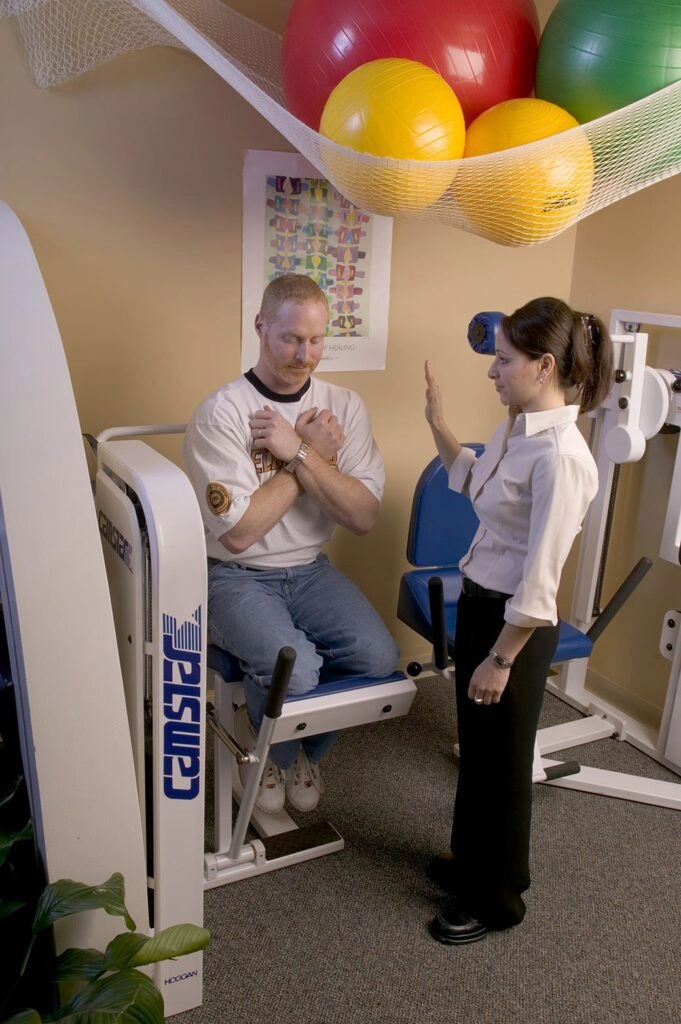
As you can see from the above list, there are a variety of therapeutic modalities available to help reduce pain, speed healing, and restore function and strength. However, there are a few secrets in this area that most people are not aware of.
Secret #1- Heat and Cold are Great Team
For the majority of patients, using a combination of both thermotherapy (heat) and cryotherapy (ice) will work better than either one by themselves. While there
While some studies have shown that heat is actually better at stopping pain, there is no doubt that ice will reduce swelling and inflammation. Contrast hydrotherapy, which uses heat, then cold, then return to heat (or the reverse) has long been used by ancient cultures and it appears to be more effective than relying on any one therapy alone.
While there are no real studies to back up claims of effectiveness, you will find most health care professionals, including physical therapists, recommend this procedure due to its known benefits and effectiveness.
Secret #2- Electrical Stimulation is Shockingly Good!
Electrical stimulation is something many people shy away from due to some fear of receiving a strong shock or even electrocution, although this isn’t really possible. Electrical stimulating devices, such as a TENS until, not only stimulates healing, but greatly reduces pain. One study found that those who used a TENS device for their back pain used fewer opioid pain killers and avoided future opioid use, opting to use the TENS device instead.
Electric stimulation therapy reduces muscles spasms and blocks pain right at the nerve gateway. These devices work whether they are used pre or post treatment. When used in combination with chiropractic care, electrical stimulation devices are perfect for those with musculoskeletal issues, such as tendonitis or acute back pain.
Secret #3- Manual Therapy is Highly Recommended
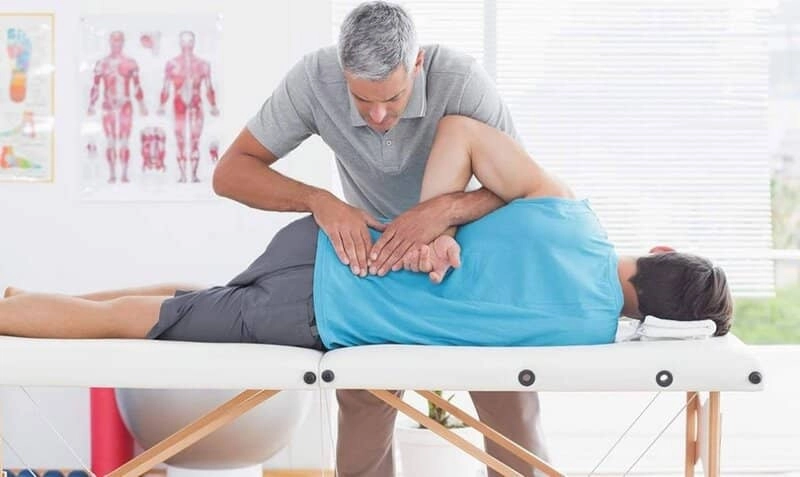
While back pain continues to haunt more than 80% of all Americans, getting doctors to agree on any one therapy has proven to be difficult. When you consider that a Consumer Reports survey in 2016 found that nearly 90% of respondents said that they were highly satisfied with the chiropractic treatment they received for low back pain, you can easily see why chiropractic is often recommended by most physicians.
Chiropractic care is manual manipulation of the spine. Used in combination with other types of physical therapy modalities, it is one of the most effective means of stopping and preventing almost all types of musculoskeletal problems or injuries.
You will find that nearly all chiropractic clinics offer a variety of rehabilitative modalities, such as chiropractic care, electrical stimulation, heat/ice therapy, and more.
Secret #4- Ultrasound Isn’t Just for Images
When you think of ultrasound, most people think of those cute baby pictures in the womb, but ultrasound also has powerful healing and pain-relieving effects.
Ultrasound uses vibration to deliver heat deep into tissues, such as ligaments, tendons, and muscles. This is an ultra-safe method that works very well, especially when combined with other therapies, such as chiropractic.
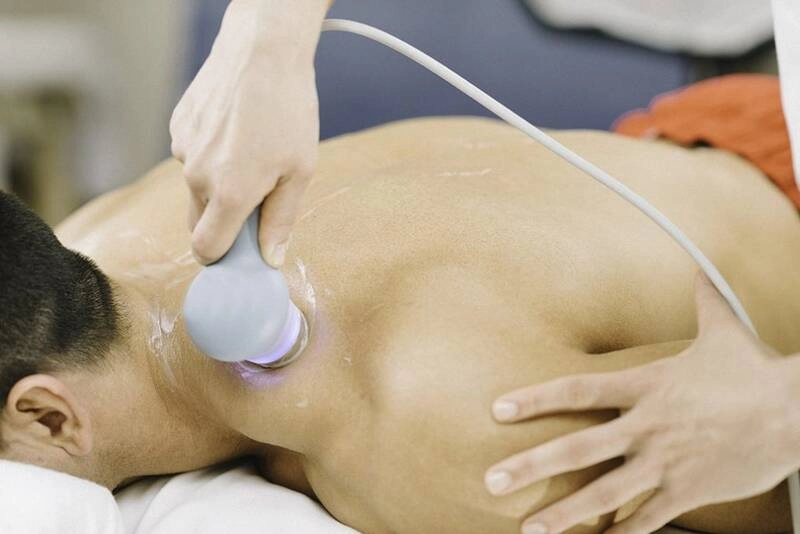
Studies show that ultrasound improves range of motion, improves scar tissue, and reduces painful muscle spasms. For those who suffer from health issues such as osteoarthritis, ultrasound reduces pain and improves range of motion, such as this study from 2009 demonstrated.
Secret #5- Water Water Everywhere
Some injuries are so painful, especially back injuries, that walking, standing or even sitting can bring on such intense pain that patients cannot gain strength or improve range of motion due to the pain.
This is where aquatic physical therapy can work wonders. By reducing gravity and weight, individuals can perform stretching and exercises minus the pain caused by their own body weight. This is obviously a type of manual modality, but for some patients, such as the ones in this study, it can mean the difference between healing in a few weeks or healing over several months.
Secret #6- Lasers are an Old School Favorite
Cold laser therapy, sometimes called low-level-laser, magnifies the energy from light that is invisible to the human eye. While this isn’t a new physical therapy modality, therapeutic lasers speed up the process of healing by reaching tissue that lies up to 2 inches below the surface.
Cold laser therapy has been used for at least 2 decades and is very safe and effective. Treatments can last between 5 and 20 minutes, although it generally takes several sessions for complete healing to occur since it cumulative over time. Almost all patients feel relief an hour or two after the session has ended.
Because laser therapy interacts within the cells themselves, the results are often dramatic and long lasting. There is no need to fear laser therapy, it’s not Star Wars, but you will feel warmth and tingling sensations that let you know that this modality is doing its job!
Secret #7- This One Device Can Stop the Need for Surgery
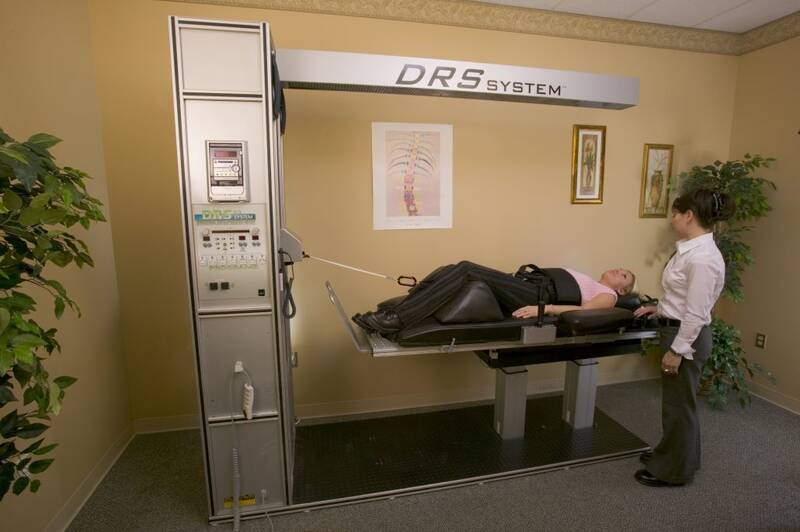
Non-surgical spinal decompression sounds like a scary new movie, but it’s actually a modality that can prevent back surgery.
Chiropractors play a vital role when it comes to bulging or herniated discs, disc degeneration, or other types of musculoskeletal issues. While adjustments will go a long way towards repositioning the vertebrae, a spinal decompression unit offers immediate pain relief while creating more space between the vertebrae of the spine, which relieves pressure.
Spinal decompression creates a vacuum that reduce negative pressure within the disc. This cannot be achieved by a mechanical or physical manipulative force alone. This procedure is painless, and many patients find that they relax completely, sometimes even falling asleep while the decompression is being performed.
Secret #8- Ready to be Shocked?
One of the new physical therapy modalities is shockwave therapy. This type of modality uses very focused sound waves to breakdown scar tissue or adhesions that can form within the joints, tendons, and/or ligaments.
A 2018 study found that a single dose of shockwave therapy lasted for as long as 24 weeks for those who suffered from mild to moderate carpal tunnel syndrome when compared to the placebo group.
This type of therapy is helpful for those with tendonitis of the elbow or Achilles tendon, and sacroiliac joint problems. This new type of modality isn’t common at this time, but you might expect to see this in the near future.
Secret #9- Yoga is a Two for One Therapy
If you think yoga is only for granola loving New Agers, think again! Yoga has a growing field of scientific evidence that shows it not only treats mental health issues, but it is a terrific therapy for many health problems and can be used as a self-care program for injury prevention and maintenance.

It’s been known for years that yoga helps with feelings of depression and anxiety, but because of the concentration between mind and body that occurs with yoga, it can also be used to address health issues, such as back pain and injury recovery, without the need for prescription pain killers. Many chiropractors, massage therapists, and physical therapists employ yoga techniques in their daily work.
The breathing techniques used in this ancient practice can be used to control pain, while the poses are beneficial for stretching and improving range of motion. Yoga poses stimulate the fascia and improve muscle response. In a 2012 study, yoga was found to reduce pain and stiffness, as well as shorter recovery times, for post-surgery patients.
Combined with physical therapy modalities, manual modalities, such as chiropractic and massage therapy, yoga can improve both body and mind, offering patients far more benefits than simply stretching and increased flexibility.
Secret #10- The Benefits of Chiropractic Massage are Many
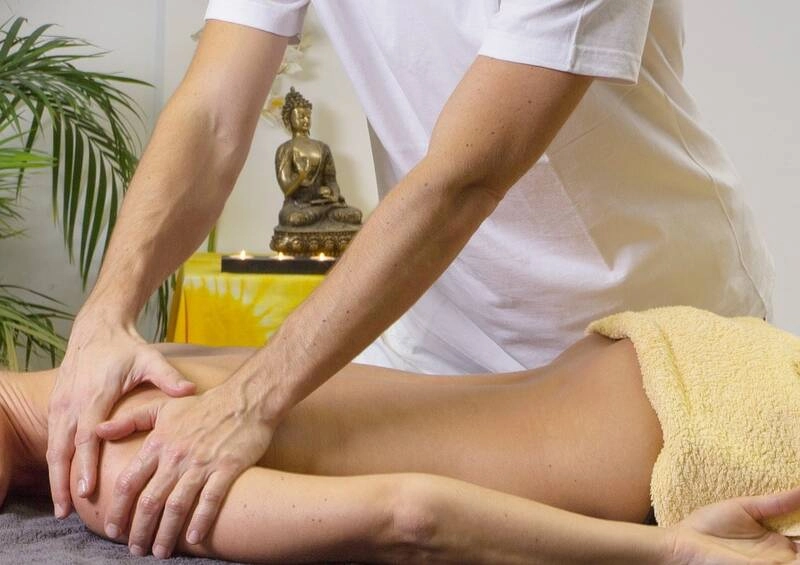
While nearly everyone would agree that massage therapy is a delight, not nearly as many are aware that massage therapy, especially chiropractic massage therapy, has multiple benefits that go beyond feeling good.
Chiropractic massage offers superior pain relief, especially when dealing with any type of musculoskeletal injury or pain. Those who suffer from chronic neck, back, knee, or joint pain are surprised at how well weekly massage sessions can reduce or eliminate their pain. Less pain leads to an improved quality of life.
Whenever the body is dealing with injury, improved circulation is a must for faster healing. Chiropractic massage improves circulation, which allows fresh blood to bring much needed nutrients to damaged areas and remove damaged tissue. It can even improve your cognitive function since more oxygen via improved circulation means improved thinking and memory skills, as shown in this 2012 study.
You can also find relief from depression and anxiety, since studies also show that regular massage therapy lowers the stress hormone cortisol. When cortisol levels drop, serotonin and dopamine, those “happy” hormones, increase; sometimes by as much as 28%!
This type of manual therapy also improves both sleep quantity and quality. Regular, deep sleep allows the body to restore and repair itself. When the body does not get a sufficient amount of sleep, it leads to inflammation, a reduced immune response, and more sensitive to pain. Studies show that those who receive regular massage therapy have improved sleep patterns, even for menopausal women who often find sleep elusive.
There are many more benefits that come from regular chiropractic massage therapy. You can read a full, detailed list here for more information.
Secret #11- Modalities Speed Recovery that Pills Can’t Match
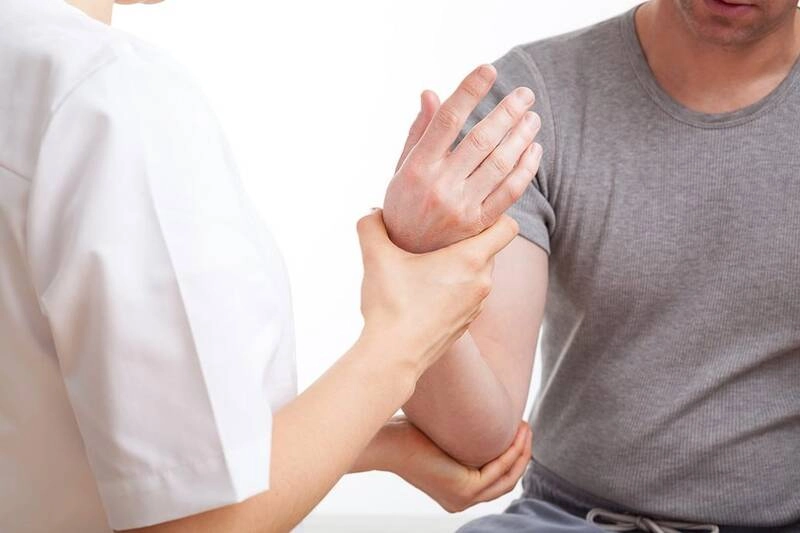
There is no shortage of prescription medication in this world, but none that can match the healing power of physical therapy modalities. Whether you need chiropractic massage, sessions with a TENS unit, manual chiropractic adjustments or laser therapy, you won’t find a pill on the market at any price that can offer faster healing.
Physical therapy modalities can help everyone who is suffering from any type of musculoskeletal injury, recovering from surgery, or those who need help after suffering from difficulties such as balance or posture issues. Since modalities increase or stimulate the functioning of muscles, ligaments, and other soft tissues, this leads to faster healing, far shorter than just sitting on the sofa waiting for “things to get better.”
Even for simple injuries such as a sprained ankle, receiving modalities from your chiropractor will help you heal faster, with far less pain, than sitting for weeks with your foot resting on a pillow. With the guidance of a qualified chiropractor, physical therapy modalities can reduce swelling and inflammation, help the muscles regain strength, as well as improving ankle stability to reduce the risk of injury again in the future. No pharmaceutical pill in the world can offer you all of the above.
Secret #12- Modalities Aren’t a Cure All but They Have So Much to Offer
Don’t think that physical therapy modalities are a magic cure all. They are only as good as the person delivering them, but they have so much to offer, you might think they were heaven sent.
Your chiropractor and the modalities they choose for you can help you to manage chronic pain, including teaching you ways that you can minimize triggers that cause you pain. These techniques and teaching tools can greatly help to improve your quality of life.
Secret #13- Physical Therapy Modalities Help with More Than Just Injuries
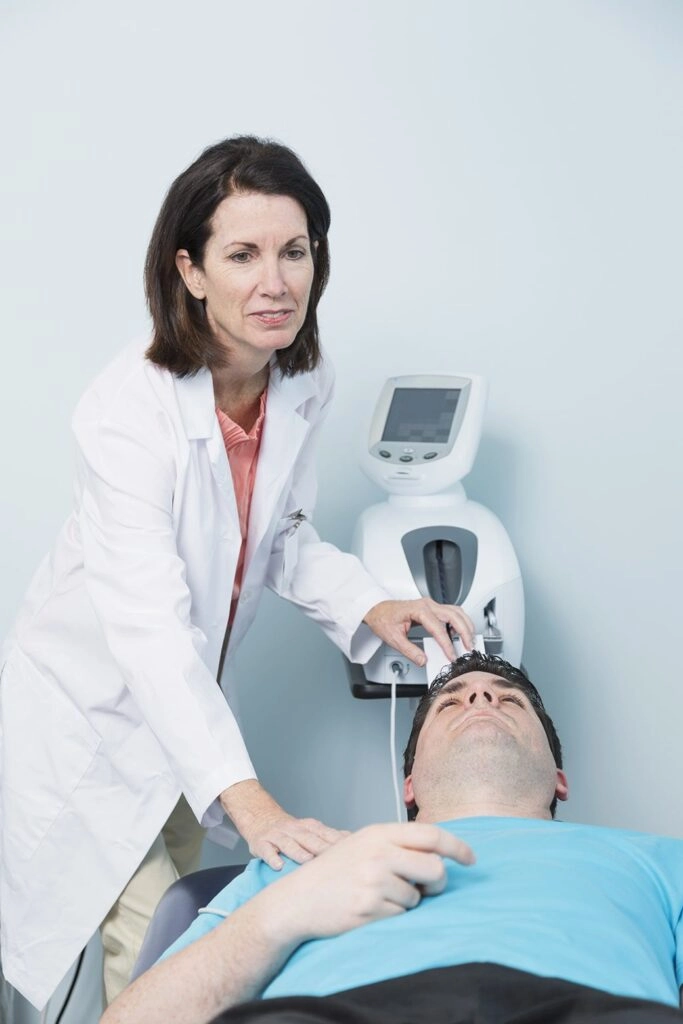
If you suffer from chronic pain, you might believe that your only path to relief is through prescription pain medication. Many Americans believe that physical therapy rehabilitation and physical therapy modalities are only for the pain felt from actual injuries, such as surgery or a car accident, but there are several physical therapy modalities that work very well at controlling chronic pain.
Pain is the leading cause of disability and the most common reason Americans seek medical attention. There are several modalities and manual therapies that, when used in combination, are a powerful tool when it comes to stopping or controlling chronic pain.
Some of the best modalities for pain management are:
- Heat therapy
- An Ultrasound/TENs device combination
- Spinal decompression
- Laser therapy
- Chiropractic massage therapy
- Manual adjustments (chiropractic care)
These modalities, especially when combined, such as chiropractic adjustments and spinal decompression, are very effective at reducing pain levels.
What are the Different Types of Physical Therapy?
As with any medical procedure or practice, there is a variety of physical therapies and modalities that can treat an almost equal number of conditions.
Different types of physical therapy include:
- Pelvic Floor Rehabilitation
- Decongestive Therapy
- Orthopedic Therapy
- Geriatric Physical Therapy
- Vestibular Therapy
- Neurological Physical Therapy
- Wound Care Therapy
- Cardiovascular and/or Pulmonary Rehabilitation
- Pediatric Physical Therapy
- Prosthetic/Orthotic Training Therapy
All of the above can use physical therapy modalities and/or manual therapies, or a combination of the two, depending on the patient’s needs.
Should I see a Chiropractor or a Physical Therapist?
This will depend on the type of problem or injury you are having, but the truth is that this is rarely an either-or question. Most chiropractors employ physical therapists, or they have the same physical therapy modalities that can provide you with the benefits and healing that you will need.
In fact, you don’t need to fully understand your injury or issue before you make your choice. Almost all injuries involving joints, connective tissue, and/or the muscles will benefit from comprehensive chiropractic care. The same is true with many musculoskeletal complaints, such as wrist or shoulder pain, heel or knee pain, and back or shoulder pain. A chiropractor will do a complete exam and take a full medical history. If for any reason the chiropractor doesn’t feel that they will be the right health care professional to help you, they will refer you to a qualified specialist for further testing or evaluation.
Here are a few other things you might want to consider;
- A chiropractor can assess your injury risk and show you ways to prevent injuries. Subtle posture habits, an uneven gait, even how you stand or sit, are all chiropractic specialties. They can tell you how these small movements or posture habits can increase your risk of injury while showing you how to change them so you can greatly reduce your risk of becoming injured to begin with.
- Chiropractors can help determine your best workout. Everyone has different range of motion issues, muscle imbalances, weaknesses, and alignment issues. A chiropractor will spot them or find them through an exam and be able to suggest the best exercise program for you. For example, if you sit most of the day, chances are you have tight hip flexors. This means that bike riding is not going to be your best choice.
- Nearly everyone has alignment or posture problems, but not many people seem to notice. Your chiropractor will, and they can help you correct these problems. If you find that, at the end of a long day, your neck or back aches, no matter how much stretching you do, it will be your chiropractor who will notice your sitting posture and recommend changes.
- All of the above means that, if you do become injured, your chiropractor can help you to heal faster through a variety of physical therapy modalities, including manual modalities such as adjustments and chiropractic massage.
For those with chronic pain, your chiropractor can help to map out a daily problem of activities and find ways that help you manage your pain, such as different chairs or posture positions while sitting or stretches you can perform before you sit down at your keyboard.
Should I See a Massage Therapist or a Chiropractor?
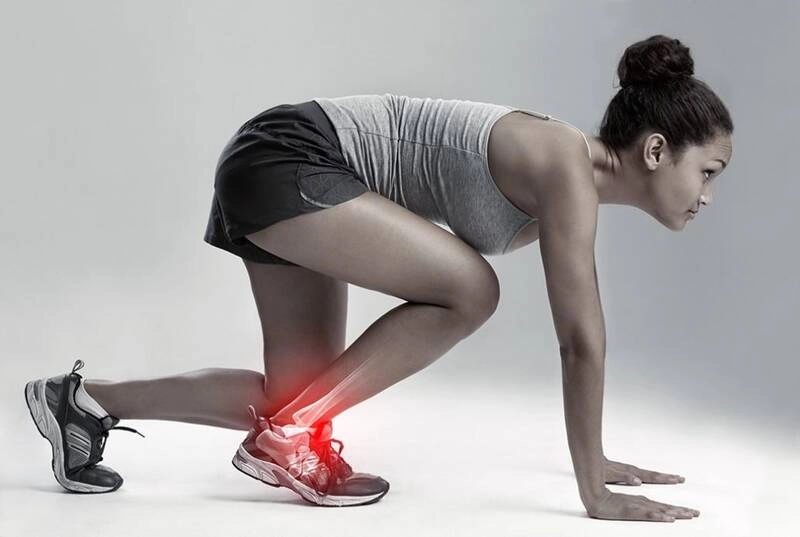
Why not both? Since chiropractic care and massage therapy go hand in hand, it’s a rare clinic that doesn’t offer massage therapy. How many day spas offer chiropractic adjustments?
A massage therapist cannot diagnose injuries or health problems. Unless you are only looking for stress relief and relaxation, you would be better off seeing your chiropractor.
As primary healthcare providers, chiropractors diagnose and treat a number of health issues and injuries. Massage, while offering multiple benefits, only looks at muscle issues. Chiropractic massage helps to prepare the body for chiropractic adjustments.
Let’s not forget that many types of insurance will cover a massage done at a chiropractor’s clinic, but they certainly wont cover your local day spa massage! Remember, you don’t need a referral to see a chiropractor, no matter what state you live in.
Tips for Getting the Most Out of Your Experience
When starting rehabilitation treatment, you can get the most out of your experience by following some of the following tips:
- Be an accurate historian when it comes to your medical history. Your therapists are there to judge you. They need to know about past injuries, problems you have had or are currently having, when the pain started, etc.
- Talk about your goals. Sometimes, the goal is obvious (heal sprained ankle) but if you have an ongoing health issue, talk to your therapist about what you hope to get out of your treatment. Walking your dog more than 10 minutes without pain? Being able to return to running marathons? Understanding your goals will help your therapist and chiropractor determine your treatment.
- Find time and space to do your homework. It’s all too easy to tell yourself that you don’t have the time or the room to do the exercises or stretching that was given to you. Be a partner in your own recovery and prioritize your own healing!
- Commit to your treatment plan. While everyone understands that unplanned or unexpected things happen, these should be an exception and not the rule when it come to appointments. Don’t break appointments unless absolutely necessary and complete your treatment plan. Stopping your treatment plan because you feel better is sure way to have a reoccurrence or flare up.
- Don’t be afraid to ask questions. If you feel what you think is an abnormal amount of pain from a modality or other treatment, speak up! No one can know how you feel unless you tell them!
- Stick to your problem, unless you think it’s related. If you are seeing your chiropractor because of back pain, don’t ask the massage therapist about your gout. If you believe that your migraines might be related to your back pain, however, ask to speak to the chiropractor regarding this.
- Participate mentally. Your mindset is as important as the work you put into your therapy. Be positive and picture yourself fully healed and feeling great.

Your best sign that your physical therapy modalities are progressing well is a noticeable amount of time spent performing daily activities without pain and the return to what would be considered a normal range of motion.
Better Health Chiropractic and Physical Rehab is unique in that it offers you physical rehabilitation, physical therapy modalities, and manual modalities such as chiropractic adjustments and massage therapy all in one location. This is a superior idea whose time has come and is a huge improvement from making separate appointments and driving to several locations for different treatments.
The helpful staff will be happy to help you set up appointments, check with your insurance, and guide you through the entire process from start to finish.
Don’t wait another day! Call one of our 4 locations today for a same day appointment. We are the only clinic that offers the 3-promise pledge that ensures your complete satisfaction. Get started on the road to healing and make an appointment online today by clicking here or give us a call at 1.877.346.5255. This is one call you won’t regret making!




